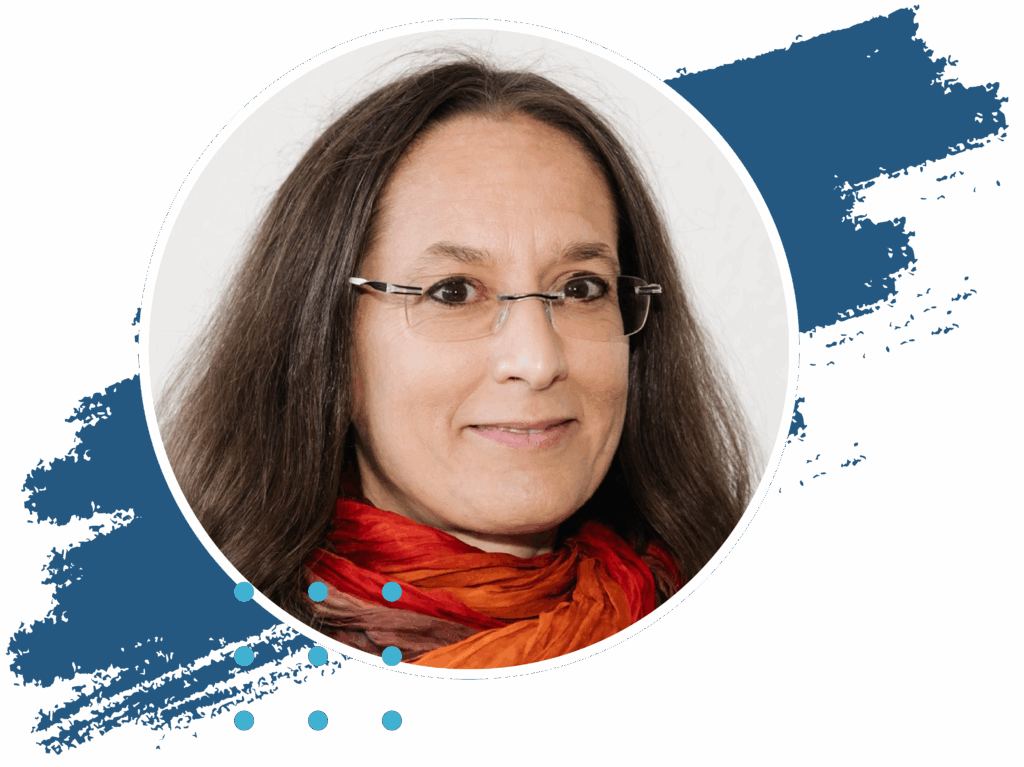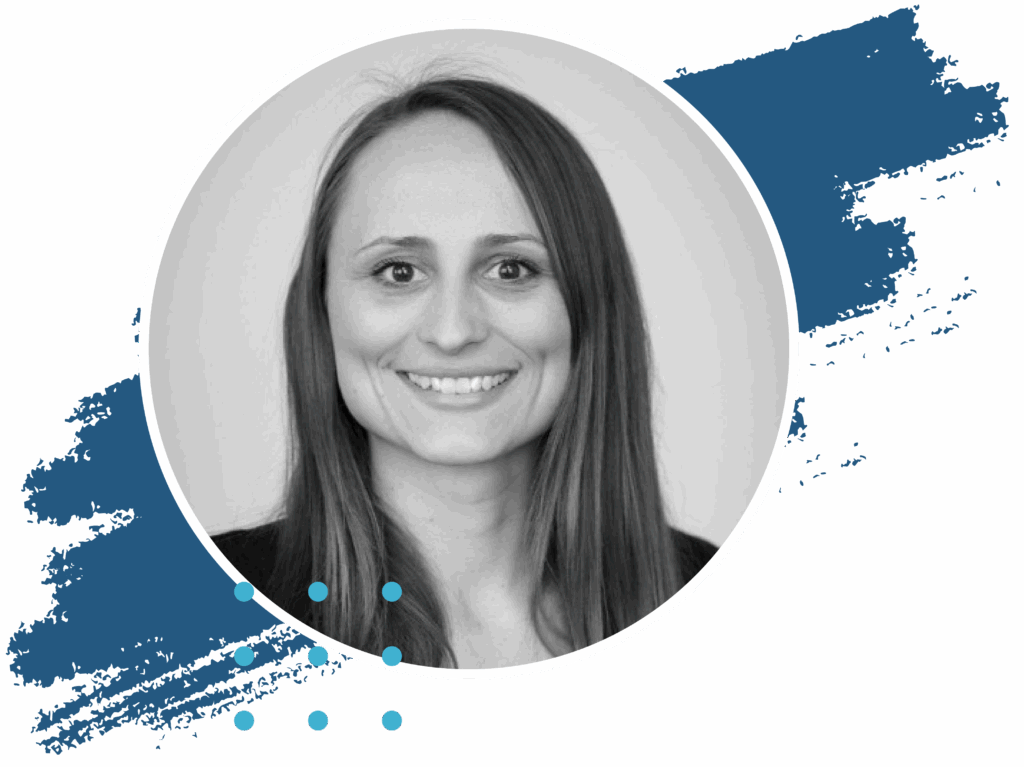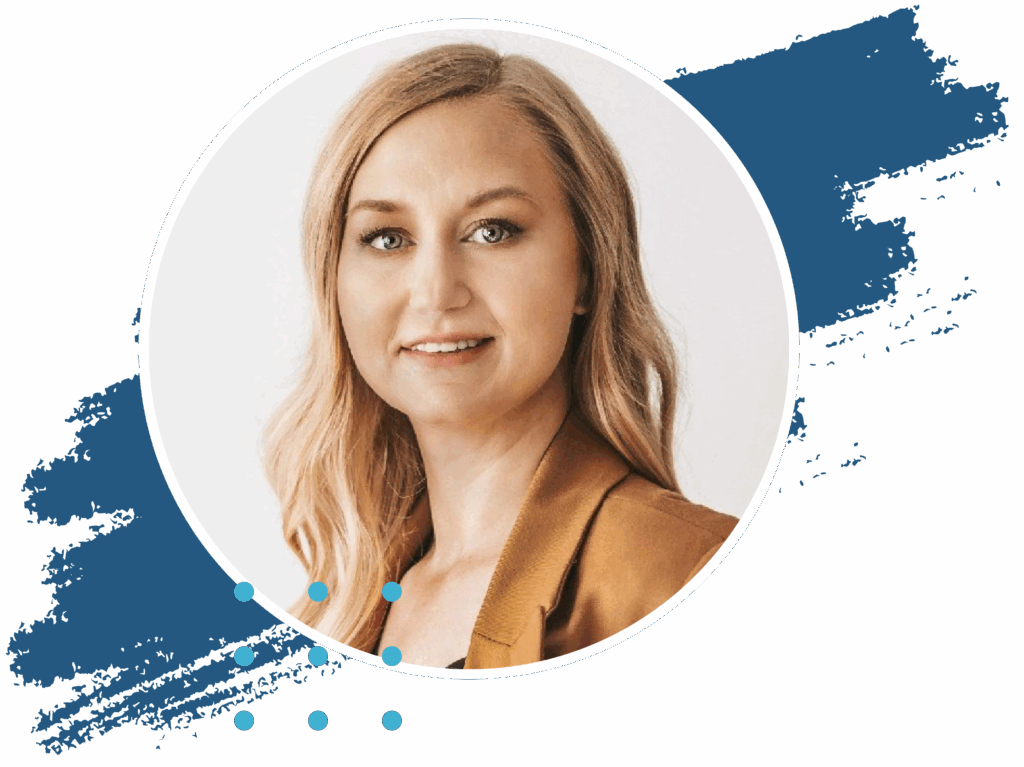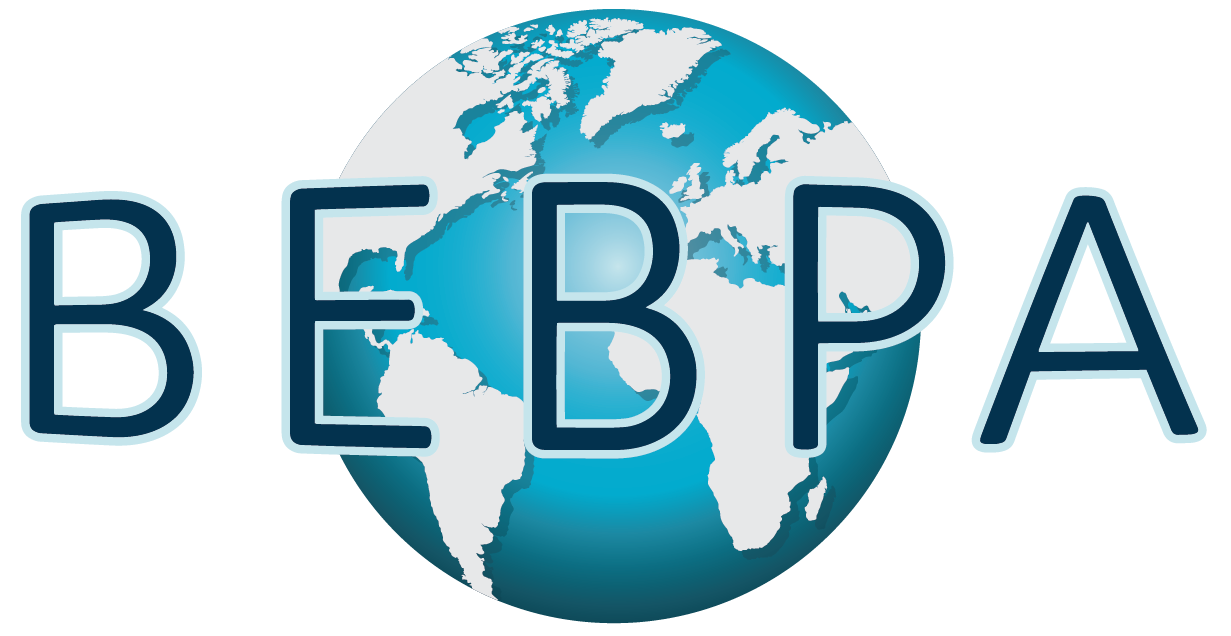BEBPA Blog
Tech Briefing: Bioassays For New Product Modalities
By Laureen Little, Principal Consultant, Quality Services and President (BEBPA)
What is a novel product modality? Since AI is the cool new thing, I plugged the question into an AI search and got the following list:
- Gene Therapy
- Cell Therapy
- RNA Therapeutics
- Antibody-Drug Conjugates (ADCs)
- Bispecific Antibodies
- Aptamers
- Microneedle Patches
- Nanoparticles and Lipid Nanoparticles
- Radioligand Therapies
As a staring place, this is not a bad effort at defining new modalities. The widely varying product types highlights the scope of the problem about how to assure product potency during clinical trials and later during the commercial phase. A look at the two most common of the new modalities; gene therapy (GT) and cell therapy (CT) gives one an idea of the wide varying issues. A gene therapy product with a single expressed protein might have a single mechanism of action (MoA). A cell therapy product on the other hand contains hundreds or thousands of active proteins. Understanding the MoA for GT product is relatively simple, but almost impossible for CT product.
Yet despite these differences, the basics of developing a potency assay remain the same. For all products we strive for the following:
- Selection of a relevant reference material which ensures that the product we are currently manufacturing has similar biological characteristics to that material which we’ve either tested in clinical trials before or have selected for initial clinical trials.
- Use of a relative potency assay format to ensure the robustness of the assay across time and various analytical reagents.
- Use of a targeted biological system linked to the clinical disease to demonstrate a batch of material has the appropriate biological characteristics. (Think using tumor cells for oncology products, etc.)
- Ability of the method to differentiate between potent and sub potent product lots.
While these main considerations might seem obvious, the pathway to get to a precise, robust and accurate potency assay is anything but straightforward. At the upcoming EUR Bioassay Conference in Rotterdam, we gather experts who are on this path to share their experiences, good and bad. Our talks include:

Strategy for Potency Determination of Gene Therapy Products
Ulrike Herbrand
CRL on the behalf of BioPhorum

Designing a Cell-Based Assay for Potency Testing of Plasmid API: Challenges and Solutions
Marie-Louise Arpe
Novo Nordisk A/S

Analytical and Regulatory Challenges in Developing Potency Assays for Cell Therapies Targeting Rare Diseases
Alicja Fiedorowicz
Dark Horse Consulting

Validation of Bioassays for an mRNA-Based Cancer Therapeutic
Evgeniia Bakaeva
BioNTech SE

Why is a Mechanism-Driven Bioassay Approach Essential for Next-Generation Obesity Therapeutic Development?
Gaurav Agrawal
Eurofins
While these talks focus on the different issues with specific products, the rest of the conference will discuss common issues such as automation of assays, understanding the Confidence Intervals for final reportable results, life-cycle maintenance of potency assays, validation, incorporation to total analytical error assessments, and much more.
This is a practical, highly scientific, non-commercial conference designed to help bioassay scientists and statisticians overcome hurdles in the bioassay field. The conference does sell out, so don’t wait register today!
